Hydro tips for first time?
Karen Pease
13 years ago
Related Stories

GARDENING GUIDES10 Easy Edibles for First-Time Gardeners
Focus on these beginner-friendly vegetables, herbs, beans and salad greens to start a home farm with little fuss
Full Story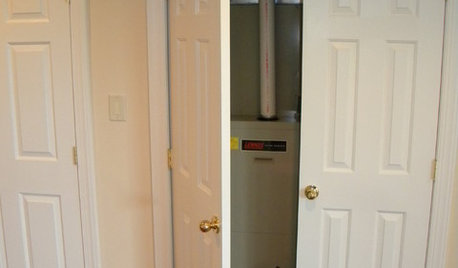
MOST POPULARA First-Time Buyer’s Guide to Home Maintenance
Take care of these tasks to avoid major home hassles, inefficiencies or unsightliness down the road
Full Story
GARDENING GUIDES10 Tips to Start a Garden — Can-Do Ideas for Beginners
Green up your landscape even if you're short on time, money and knowledge, with these manageable steps for first-time gardeners
Full Story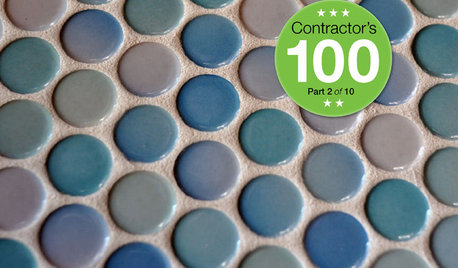
CONTRACTOR TIPSContractor Tips: How to Shop for Your Remodel
Small mistakes in buying remodeling materials can add up to huge cost overruns. Here's how to get things right the first time
Full Story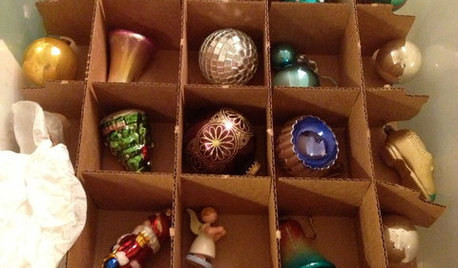
HOLIDAYSChristmas Cleanup Tips for the Not Naturally Organized
Dreading the postholiday chores? First let yourself unwind. Then grab some boxes, a few supplies and this easy guide
Full Story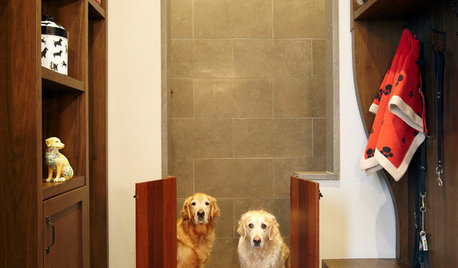
PETS15 Doggone-Good Tips for a Pet Washing Station
Turn a dreaded chore into an easier task with a handheld sprayer, an elevated sink or even a dedicated doggie tub
Full Story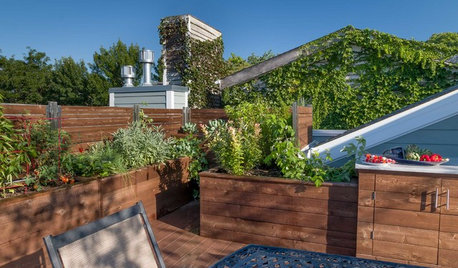
GARDENING GUIDES10 Tips for Beginning Gardeners
With a simple sketch, basic tools and the right plants, you’ll be on your way to growing your first flowers or edibles
Full Story
REMODELING GUIDESContractor Tips: Smooth Moves for Hardwood Floors
Dreaming of gorgeous, natural wood floors? Consider these professional pointers before you lay the first plank
Full Story
DECORATING GUIDES10 Tips for a College Apartment That Says ‘Home’
Want to decorate your first apartment so it looks put together, not thrown together? Try these easy ideas for a smart-looking space
Full Story
DECORATING GUIDESImpress Your Guests: 8 Tips for Gracious Guest Rooms
Offer concierge-style luxury on a bellhop's budget with these ideas to turn a spare bedroom into a first-class, guest-ready retreat
Full StoryMore Discussions






grizzman
Karen PeaseOriginal Author
Related Professionals
Derry Landscape Architects & Landscape Designers · Ballenger Creek Landscape Architects & Landscape Designers · Marco Island Landscape Architects & Landscape Designers · Rossville Landscape Architects & Landscape Designers · Finneytown Landscape Architects & Landscape Designers · Middletown Landscape Contractors · Tempe Landscape Contractors · Brookline Landscape Contractors · Euclid Landscape Contractors · Indio Landscape Contractors · Oak Forest Landscape Contractors · Tustin Landscape Contractors · University City Landscape Contractors · Wickliffe Landscape Contractors · La Puente Outdoor Lighting & Audio Visual Systemsgrizzman
Karen PeaseOriginal Author
Karen PeaseOriginal Author
grizzman
joe.jr317
Karen PeaseOriginal Author
grizzman
Karen PeaseOriginal Author